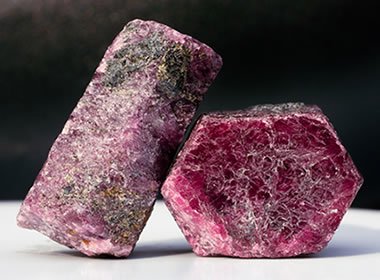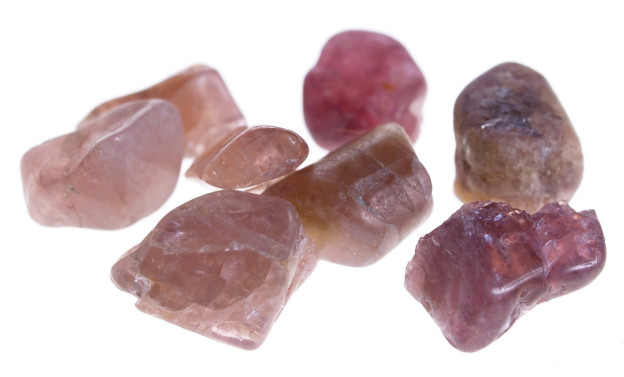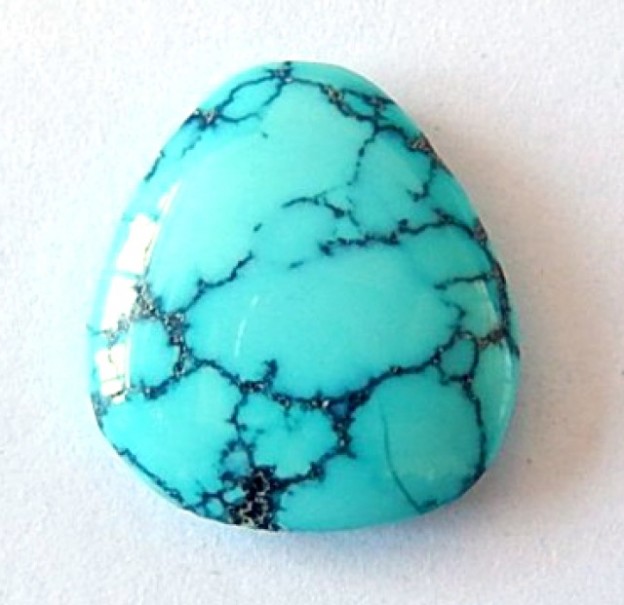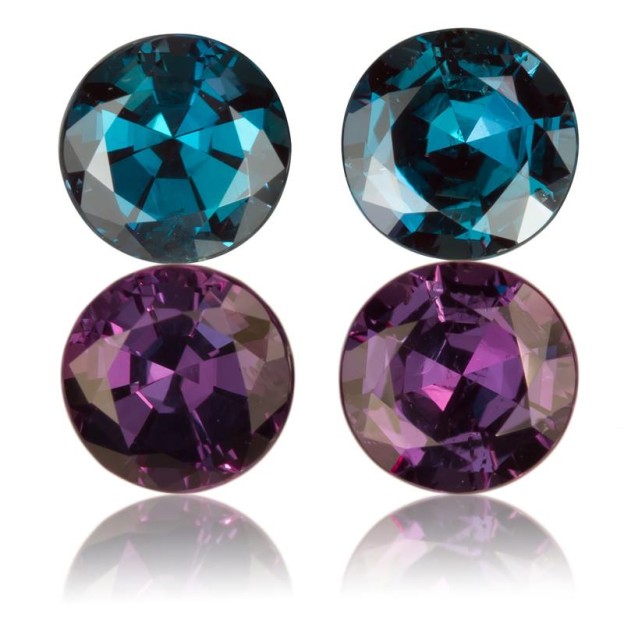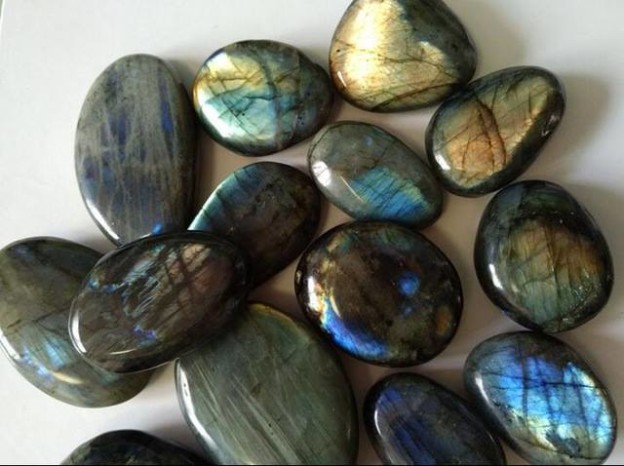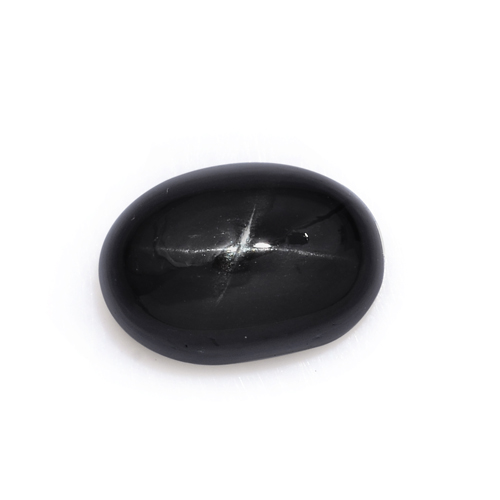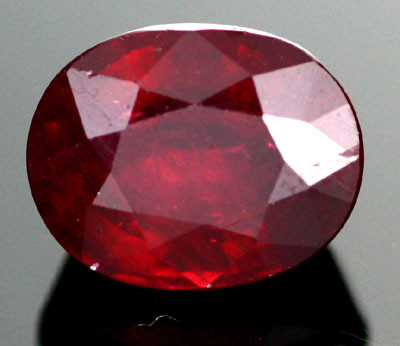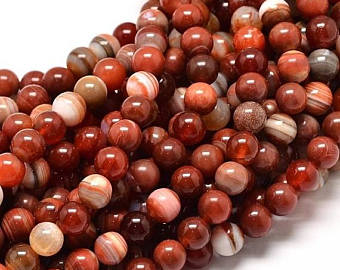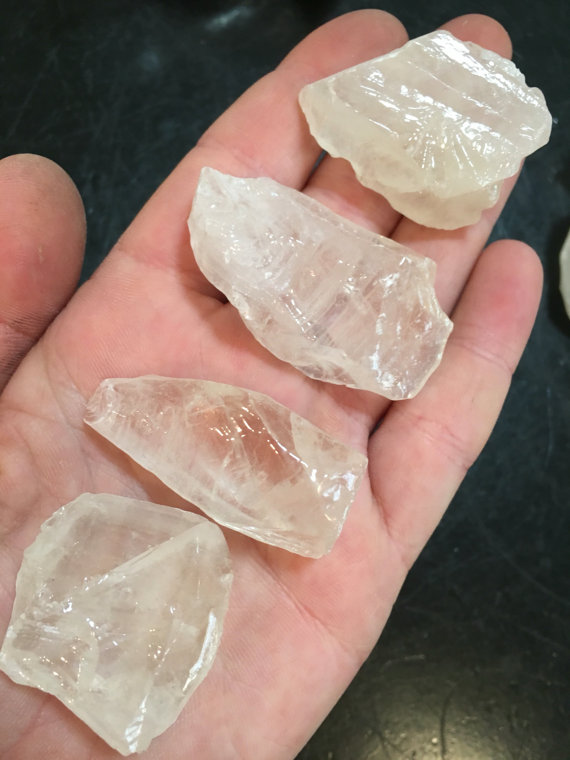Description
Corundum is a mineral, aluminum oxide Al2O3 (crystalline alumina). The name of Old Indian origin (probably from the Sanskrit “kauruntak” or Tamil “kurundam” – this mineral was called in India and Ceylon; perhaps from the Sanskrit “kuruvinda” – ruby). Other names for corundum : chloro-sapphire, leucosapphire, almandine sapphire, oriental diamond, violet, Bengal amethyst, oriental aquamarine, oriental emerald, oriental topaz, oriental chrysolite, padparadja, padparadshah. Red corundum is called rubies, blue – sapphires.
The color of corundum is usually bluish or yellowish gray; pure corundum is white, it is painted in different colors (red, red-brown, violet, blue or blue, from yellow to orange, green) with admixtures of chromophore elements: chromium, iron, titanium or vanadium. The colors are often clean, bright. Ordinary corundumshines through, jewelry differences are transparent. Glitter from glass to diamond (“diamond spar” with a clearly manifested separation parallel to the base of crystals). Hardness 9 (standard Mohs scale mineral, second only to diamond in hardness), density 4. Kinked from conchoidal to uneven. Syngony is trigonal. Crystals are very characteristic; usually they are barrel-shaped, tabular, columnar (hexagonal-prismatic), short-columnar, less often cone-shaped bipyramidal. Often found in massive fine-grained aggregates with a pronounced tendency to pseudo-cubic separation.
For the formation of corundum, conditions of silica deficiency and high alumina content are necessary. Magmatic accessory corundum is found in syenites and nepheline syenites; in larger crystals, it is present in alkaline pegmatites. Sometimes formed as a result of desilication (loss of quartz) granite pegmatites occurring in ultrabasic rocks. Known as the product of the metamorphism of bauxite and other high-alumina rocks. It is developed in deep-metamorphosed rocks such as gneisses, crystalline schists, garnet amphibolites, and also in marbles. In zones of contact metamorphism of high-alumina sedimentary rocks, emery can be formed – fine-grained mixtures of corundum with magnetite, hematite, sometimes with spinel, diaspora, fragile micas, garnet and other minerals.
Deposits. The largest deposits of corundum are known in Russia (the Urals), abroad – in Africa (the Malagasy Republic, Zimbabwe, South Africa), India, Burma, on. Sri Lanka, in Greece and Turkey.
Medicinal properties
Lithotherapists believe that the healing properties of corundum depend mainly on their color. For example, blue corundum helps with eye diseases, as well as normalizes eye pressure. Red corundum helps with flaccid paralysis, improves blood circulation, stimulates the activity of the endocrine glands, and normalizes metabolism. It is believed that purple corundum can facilitate the flow of mental illness, various kinds of neuralgia, as well as help with brain concussion.
Folk healers sometimes use corundum in osteochondrosis. Orange corundum improves digestion, promotes rejuvenating effect.
The effect of corundum on the chakras is also due to the color of the stone.
Magical properties
Corundum is considered a very active stone. He requires his owner to work constantly. Corundum stone does not allow a person to relax, get carried away with something, and weaken control over thoughts and feelings. Corundum will be the best helper for someone who believes in what he is doing and wants to achieve high results. It will perfectly serve those who aspire to become a professional in their work. Experts believe that corundum just need to be worn by schoolchildren and students, since it contributes to the development of perseverance and better absorption of knowledge. If you wear a product with corundum on your chest or neck, it will cure a person from unreasonable fears, anxiety, irritability, frequent outbursts of anger, make it so that any, even the most boring, work will start to bring pleasure.
Corundum in earrings will make a person think about the meaning of life, constantly analyze all his actions and the actions of others. It can be said that the stone thus helps its owner to create harmonious relations with the outside world.
Ring with corundum must be worn on the middle finger of the right hand. It is believed that, being there, corundum will help to accelerate the spiritual development of its owner, to reveal his talents and abilities. Astrologers advise to wear corundum to people born under the sign of Cancer. All other signs can also be worn, but it should not be worn by Aries younger than forty years old. Corundum is absolutely contraindicated to Capricorn.
Talismans and amulets
Corundum is the mascot of teachers, psychologists, narcologists and all women after forty years. The latest mineral will help easier to transfer menopause.
Application
Beautifully colored transparent or translucent natural crystals (red – ruby, blue – sapphire, colorless – leucosapphire, etc.) since ancient times are used as first class gemstones. Granular aggregates of opaque corundum are used as an abrasive material for the manufacture of grinding, polishing powders (for grinding and cutting metal, hard stones, glass, etc.) and as a refractory material.
Red corundums, painted with an admixture of chromium, are called rubies, blue, painted with an admixture of iron and partly titanium, and are called sapphires. Transparent corundums of other colors (except for red) are also also called, including colorless corundum – leucosapphire. Some species of sapphire and ruby, treated with a cabochon, reveal the effect of asterism in the direction of the main (vertical) crystallographic axis: a figure of a regular six or twelve-ray star appears in them, the rays of which move along the surface of the stone as it turns. Such stones – stellate sapphires and stellate rubies – are called asterias, and they are highly valued.
On an industrial scale, artificial corundum materials are produced by melting bauxite in electric furnaces with reducing agent (iron filings). They are also used as abrasives; methods of powder metallurgy of them produce incisors for the machining of metals at high temperature. Monocrystalline transparent boules and rods of artificial Corundumobtained by melting and recrystallization of alumina in an oxygen-hydrogen flame. The boules can be colored: impurities of Cr ions – in red, V – in grayish-green in daylight and violet in artificial light, Mn – in yellowish-pink, Ni – in yellow, Ti – in pink-violet. When cut, synthetic corundum under different names (sapphire, ruby, topaz, alexandrite, amethyst) are used in jewelry; red corundum – rubies – as reference stones for watches and other precision instruments, and rods – in optical generators – lasers.
Due to its high hardness, corundum has long been used as an abrasive material, but at present, mainly artificial corundum is used for this purpose. Emery and still used as an abrasive for grinding wheels. Synthetic corundum without additives (leucosapphire) is used in the electronic industry.

